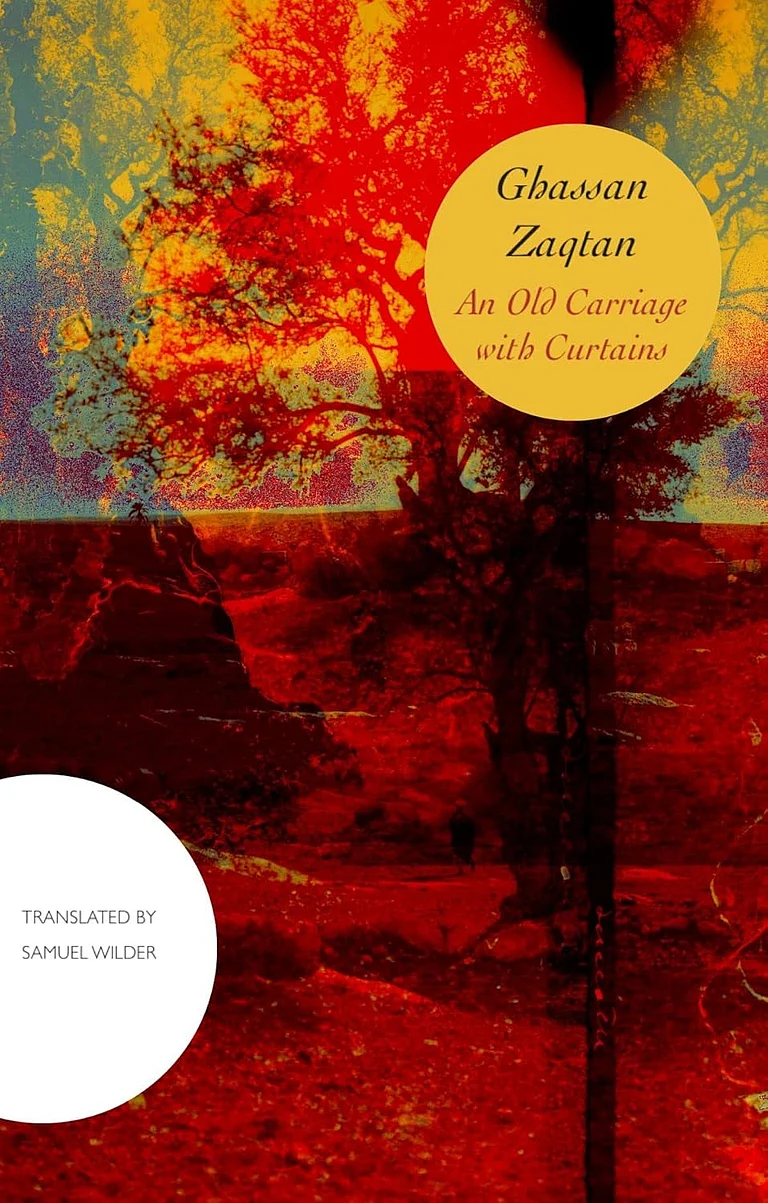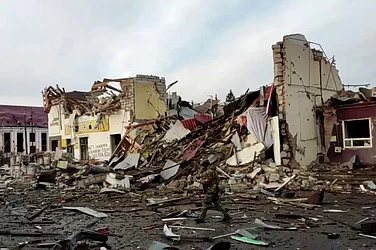China is constructing the world’s largest dam on the Yarlung Zangbo river, which flows into India as the Siang in Arunachal Pradesh. This ambitious hydropower project has the potential to become a new flashpoint between the two nations, just as their bilateral ties begin to improve following the deadly Galwan Valley clashes in June 2020.
Chinese Premier Li Qiang attended the groundbreaking ceremony in Nyingchi City on Saturday, officially launching the project. The announcement has boosted Chinese markets, signaling renewed investor confidence in the long-anticipated initiative, originally proposed in 2020 under China’s 14th Five-Year Plan.
The river — called Yarlung Zangbo in China — winds through the Tibetan Plateau, crosses into India through Arunachal Pradesh, where the river is named Siang. It becomes Brahmaputra in Assam, and eventually flows into Bangladesh before merging into the Bay of Bengal.
The project has drawn criticism for its potential effects on millions of people downstream in India and Bangladesh, as well as concerns about environmental degradation and the well-being of local Tibetan communities.
Beijing, however, asserts that the estimated 1.2 trillion yuan ($167 billion; £125 billion) initiative will emphasize ecological preservation and promote regional development.
The world's current largest hydroelectric project which is also in China — the Three Gorges Dam — slightly slowed the Earth's rotation by 0.06 microseconds each day. The dam China has started to build now could generate three times more energy than the Three Gorges Dam.
According to Xinhua, the project will feature five cascade hydropower stations, expected to generate around 300 million megawatt-hours of electricity annually. By comparison, the Three Gorges Dam—currently the world’s largest—costs 254.2 billion yuan and produces 88.2 million megawatt-hours.
In the context of hydropower, a ‘cascade’ means a series of dams and power stations built along a single river or waterway, where the outflow of one dam becomes the inflow for the next downstream.
This setup allows for better usage of the river's energy potential. The extent of planned storage has not been revealed in the current mega hydroproject.
China has hailed it as the “project of the century.” But for India, sitting on the downstream, the project can create problems.
How is India reacting?
Arunachal Pradesh’s Chief Minister Pema Khandu said earlier this month that the dam is the biggest issue India is facing, second only to the “military threat”. He said the dam could be used as a “water bomb."
In an interview with PTI, he said, “Suppose the dam is built and they suddenly release water, our entire Siang belt would be destroyed. In particular, the Adi tribe and similar groups… would see all their property, land, and especially human life, suffer devastating effects.”
The Indian government formally raised its concerns with Beijing over the project in December, and again during bilateral talks between the two countries' foreign ministers in January.
In January, a spokesperson for India’s Ministry of External Affairs stated that the country had conveyed its concerns regarding the potential impact of its mega-dam projects, urging Beijing to "ensure the interests of downstream states" were not harmed. They had also emphasised the "need for transparency and consultation with downstream countries".
In response, Chinese officials emphasized that China does not seek “water hegemony” and never pursues “benefits for itself at the expense of its neighbours”.
“China will continue to maintain current exchange channels with downstream nations and step up cooperation on disaster prevention and mitigation,” a foreign ministry spokesperson stated in December.
The Upper Siang Multipurpose Project
In response to China’s upstream dam development, India has put forward plans for the 11.2 GW Upper Siang Multipurpose Project (SUMP)—a large-scale storage-based dam in Arunachal Pradesh’s Siang district. Designed to serve as a strategic buffer, the project aims to help regulate river flow and safeguard downstream communities and infrastructure.
Although the Ministry of Jal Shakti assigned NHPC Ltd to prepare a pre-feasibility report three years ago, key studies have been delayed due to opposition from local communities, The Indian Express reported.
However, a breakthrough came on May 23, 2025, when residents of Pangkang village signed a memorandum of understanding with the Arunachal Pradesh government, clearing the way for the start of the pre-feasibility study for the proposed SUMP in Boleng.
P.N. Thungon, the Deputy Commissioner of Siang, signed the memorandum of understanding on behalf of the State Government. He stated that the 11,000 MW project, if found viable and taken forward, “promises transformative benefits for the local community besides strategic defence and environmental resilience.”
As outlined in the MoU, a development package worth ₹5 crore will be distributed over three years to support improvements in infrastructure, healthcare and livelihood initiatives for families affected by the project. The agreement also requires regular stakeholder consultations as the project moves through various stages.
Officials emphasized the strategic importance of the SUMP, highlighting its potential to serve as a counterbalance to China’s vast hydropower network on the Yarlung Tsangpo.
The Brahmaputra Route
While roughly 30 percent of the Brahmaputra’s water originates in Chinese territory, the bulk comes from rainfall within India’s own catchment areas. Nonetheless, the initial impact of the Chinese dam is expected to be felt most acutely in Arunachal Pradesh—particularly in the Siang valley.
Neighbouring Assam’s Chief Minister Himanta Biswa Sarma is not as worried. On July 21, he sought to ease concerns over the developments, stating that he does not anticipate any immediate threat. He noted that the river receives the majority of its water from Bhutan and Arunachal Pradesh.
"I am not immediately worried because Brahmaputra is a mighty river and it is not dependent on a single source (of water)," PTI quoted Sarma. "Brahmaputra gets most of its waters from Bhutan, Arunachal Pradesh, and the rainwater and other forms of water from our state itself," he added.
Where is the dam?
The dam is located in a vast canyon believed to be the world’s deepest and longest on land, along a stretch where the Yarlung Tsangpo — Tibet’s longest river — makes a dramatic U-turn around Namcha Barwa mountain.
As the river navigates this bend, known as “the Great Bend,” it experiences a significant drop in elevation, plunging hundreds of metres.
Previous reports suggested that authorities intended to drill several 20-kilometre-long tunnels through Namcha Barwa to divert a portion of the river’s flow.
A Xinhua report over the weekend, covering Li Qiang’s visit, stated that engineers would carry out “straightening” work and “divert water through tunnels” to construct five cascading power stations.
Earlier in 2020, China's Foreign Ministry responded to India’s concerns, asserting that China has a "legitimate right" to build dams on the river and that it has taken downstream impacts into account.
Bangladesh has also voiced concerns about the project. In February, officials sent a letter to Beijing requesting additional information on the dam.





























